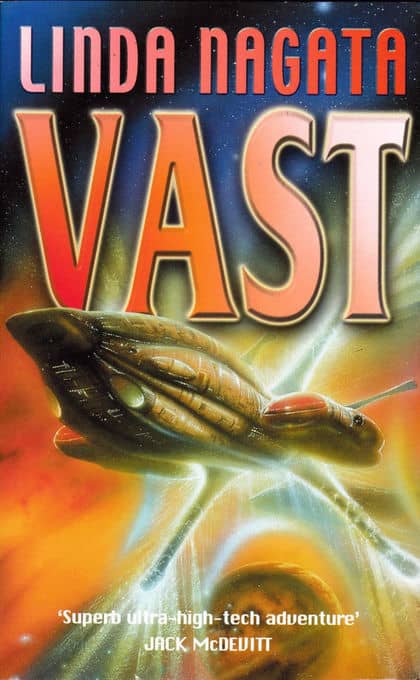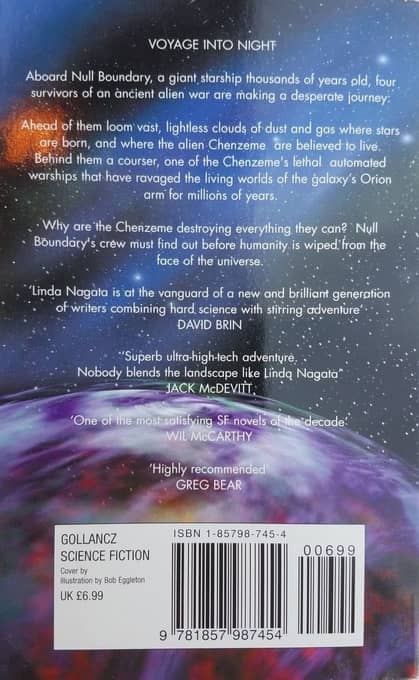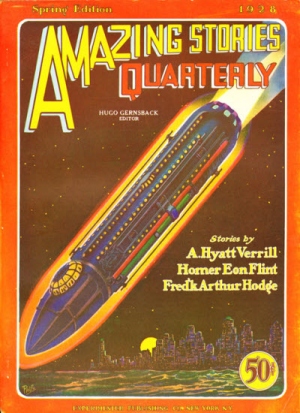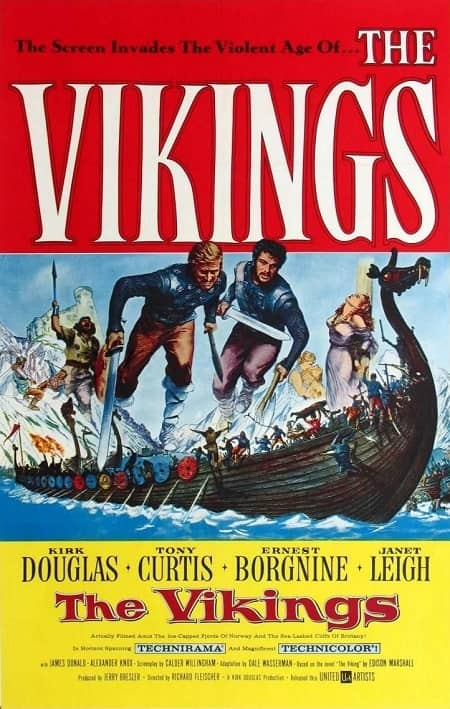Future Treasures: In the Night Woods by Dale Bailey
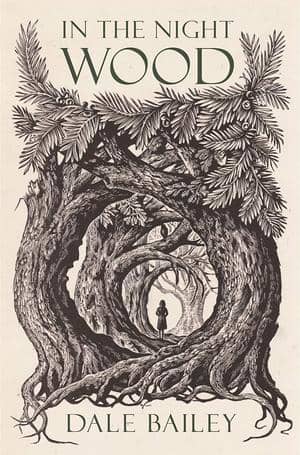 I’ve been writing about short fiction at Black Gate for over a decade, and over those years the name Dale Bailey keeps popping up.
I’ve been writing about short fiction at Black Gate for over a decade, and over those years the name Dale Bailey keeps popping up.
He’s had a successful series of tales inspired by 50s monster movies (“I Married a Monster from Outer Space,” “Teenagers from Outer Space,” “I Was a Teenage Werewolf,” and “Invasion of the Saucer-Men”) in Asimov’s, Nightmare and Clarkesworld, and his fiction has appeared in many Year’s Best volumes. His novels include The Fallen (2002), House of Bones (2003), and The Subterranean Season (2015).
His latest is In the Night Woods, forthcoming from John Joseph Adams Books. The Kirkus review is pretty tantalizing:
Bailey’s novel has every aspect of gothic horror: the drafty manor, the shady servants, the tortured protagonists. The writing is dense with allusions and details, the narrative twisting and turning in the same way the Night Wood distorts the senses of anyone who wanders into it. The writing does get a bit convoluted and hard to follow at times, but it’s in keeping with the atmosphere of subtle dread that permeates the novel. The book is surprisingly short, and there’s a lot of buildup to a very quick climax… The succession of reveals in the frantic last 30 or so pages, however, is tense and disturbing, satisfying for any horror fan.
A modern gothic horror done right.
We previously covered Bailey’s 2015 collection The End of the End of Everything.
In the Night Woods arrives from John Joseph Adams/Houghton Mifflin Harcourt on October 9, 2018. It’s 224 pages, priced at $23 in hardcover, and $12.99 for the digital edition. The cover is by Andrew Davidson. Read more here.
Here’s the publisher’s description.
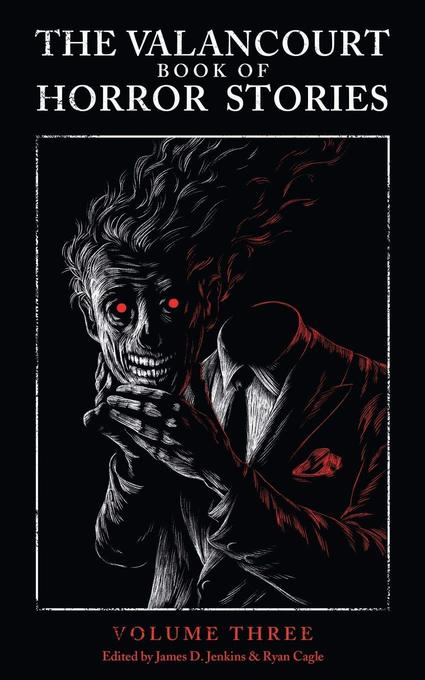
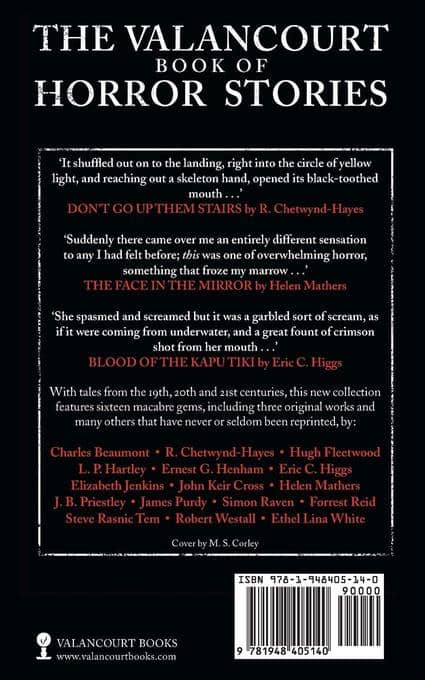
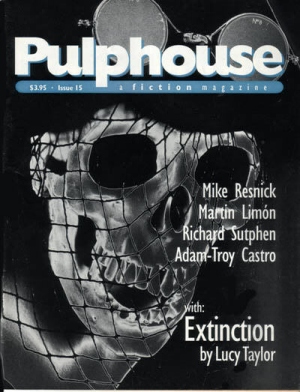
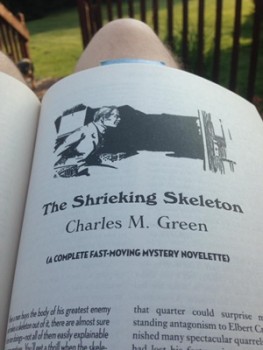
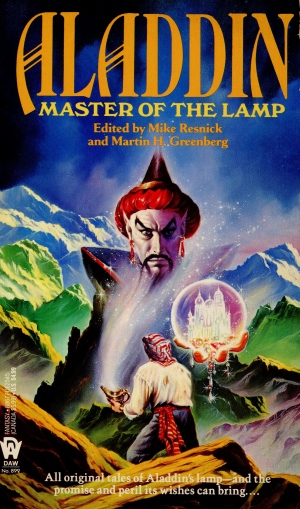
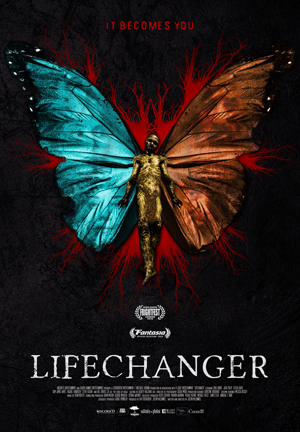 For my last movie of 2018 in the Fantasia screening room I selected a Canadian horror movie called Lifechanger. Written and directed by Justin McConnell, it follows an entity named Drew (narrated by Bill Oberst Jr), who, born human, at age 12 developed the ability and need to change bodies with other people (which Drew does repeatedly through the movie, tying the film together with voice-over ruminations; thus the “narrated by” in the previous parenthesis). The process kills the other person, and leaves Drew trapped in a swiftly decaying body. For decades, he’s had to keep changing bodies every few days, the inevitable rot slowed only slightly by doses of cocaine. Lately, though, he’s convinced himself he’s fallen in love with a woman named Julia. Drew wants to be close to her, but how can he do that given what he is?
For my last movie of 2018 in the Fantasia screening room I selected a Canadian horror movie called Lifechanger. Written and directed by Justin McConnell, it follows an entity named Drew (narrated by Bill Oberst Jr), who, born human, at age 12 developed the ability and need to change bodies with other people (which Drew does repeatedly through the movie, tying the film together with voice-over ruminations; thus the “narrated by” in the previous parenthesis). The process kills the other person, and leaves Drew trapped in a swiftly decaying body. For decades, he’s had to keep changing bodies every few days, the inevitable rot slowed only slightly by doses of cocaine. Lately, though, he’s convinced himself he’s fallen in love with a woman named Julia. Drew wants to be close to her, but how can he do that given what he is?